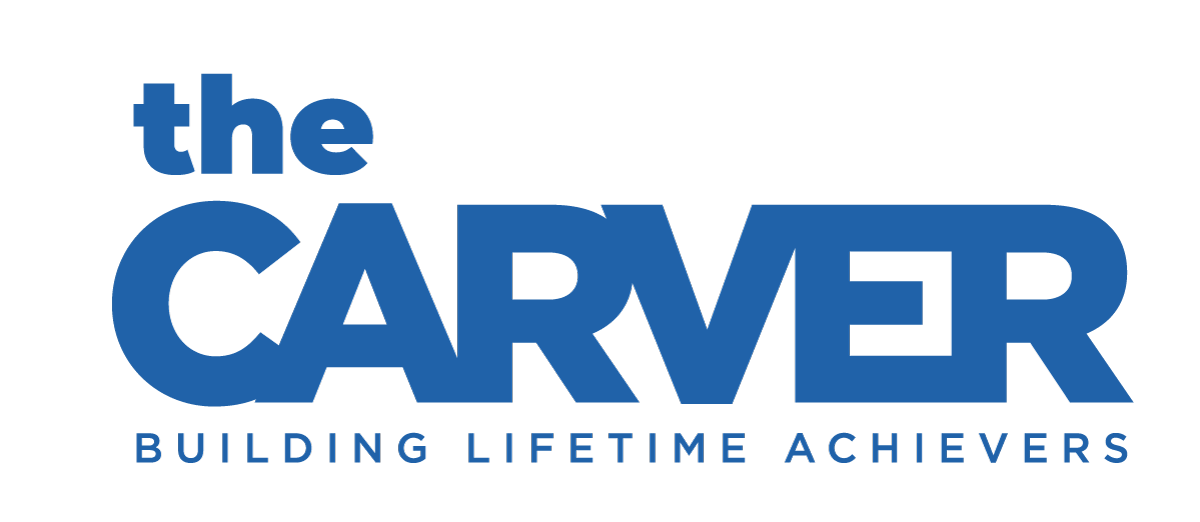Kaetlyn Billowitz, a 5th-grade Carver Scholar at Kendall Elementary, gently cradles one of the newly hatched chicks she helped care for as part of Carver’s hands-on science project. “They were so soft and warm,” she said. “Sometimes, they chirped like they were saying thank you!”
This spring, Carver’s Scholars program at Kendall Elementary School brought science to life—literally! Thanks to Keisha Smith Biko, a beloved elementary teacher and Carver after-school program coordinator, a group of curious and compassionate 5th graders helped incubate and hatch fertilized chicken eggs right in their classroom.
Ms. Biko, who also teaches coding and engineering during the school day, affectionately calls her after-school students the “Chicken Tenders”—a name that reflects both their care for the chicks and their growing sense of responsibility. These students have embraced the project wholeheartedly, even using their lunch and recess time to visit the “babies,” feed them, clean their feet, and maintain their brooders.
One student, Kaetlyn Billowitz, shared her reflections on the experience:
“I had the most fantastic time helping out with the baby chicks in our classroom! Every day, I got to feed them and make sure they had fresh water. It was so exciting to watch them grow and see their tiny feathers start to fluff up. My favorite part was holding them gently in my hands; they were so soft and warm. I also had to clean their little area, which was a big responsibility because we needed to keep them healthy and happy. Sometimes, they would chirp loudly, and I think they were trying to say thank you! Taking care of the chicks taught me a lot about responsibility and the importance of being gentle with animals. I also like building a home for the chicks with the blocks in Mrs. Biko’s room. She lets us go on Instagram Live with her and play with the chickens.”
This project exemplifies the heart of Carver’s mission: inspiring young minds through hands-on learning and compassionate mentorship. Through caring for the chicks, these students not only explored science and animal care—they also discovered joy, teamwork, and a sense of wonder that will stay with them long after the chicks are grown.












































































